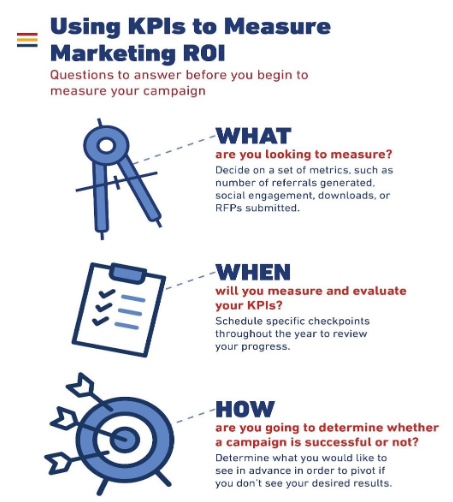
Rethinking Marketing | 2022 Survey of Today’s Marketing Department
Rethinking Marketing | 2022 Survey of Today’s Marketing Department
This survey offers key insights into how today’s marketing departments are handling the current pressures facing the department, from changes due to the pandemic, and where the marketing budget and strategy currently stand.
During the second half of 2020 and throughout 2021, B2B marketing departments across the U.S. had to handle virtual employees, canceled conferences, remote events, and drastically modified business strategies, all under the pressures of limited headcount and severely reduced budgets.
We wanted to better understand where these pressures were coming from and how marketers were successfully handling the added responsibility.
Our survey was sent to marketers at all job levels, and we received 71 completed responses. Our demographics are at the end of the survey results.
Our results brought some interesting findings to light.
Marketers are happy.
Marketers are happy when they are doing what they are supposed to do each day. But they are getting overloaded with work and are not feeling they have the resources to achieve the right results.
Marketers have too many core jobs.
Marketers are being asked to do too many core jobs at once, making it difficult to achieve quality consistently. And we found that over 30% were doing roles outside of the marketing department.
What is the solution?
I think one of the marketers said it best – “I want the resources and the time to do my job well, so I can feel proud of what I’ve accomplished for the company.”
We’ve all gone through challenging times; we now need to analyze our marketing departments and make sure we are structuring and supporting them for success – for marketers and the company.
Download the Survey's Executive Summary
Download the Survey’s 8-Key Takeaways in the Executive Summary
Download the Full 2022 Survey
Download the Full Survey of Today’s Marketing Department
About Us
Jennifer and Sara each has over 25 years of marketing leadership experience, specializing in B2B organizations. They met in 2008 in the marketing department of Grant Thornton LLP and discovered a shared passion for quality campaigns that deliver measurable results.
This survey was carefully designed to capture the comments they consistently heard from marketing colleagues and identify marketing department trends.
Jennifer Palmer Farrington
Chief Executive Officer | Founder
YourMarketer LLC
Sara Janjigian Trifiro
President | Founder
SJT Marketing LLC




















